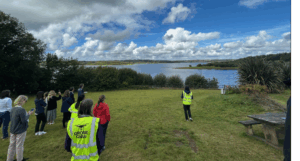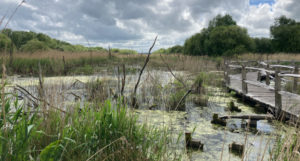National project launched to rediscover Henry VIII’s long-forgotten ‘Tudor Domesday Book’
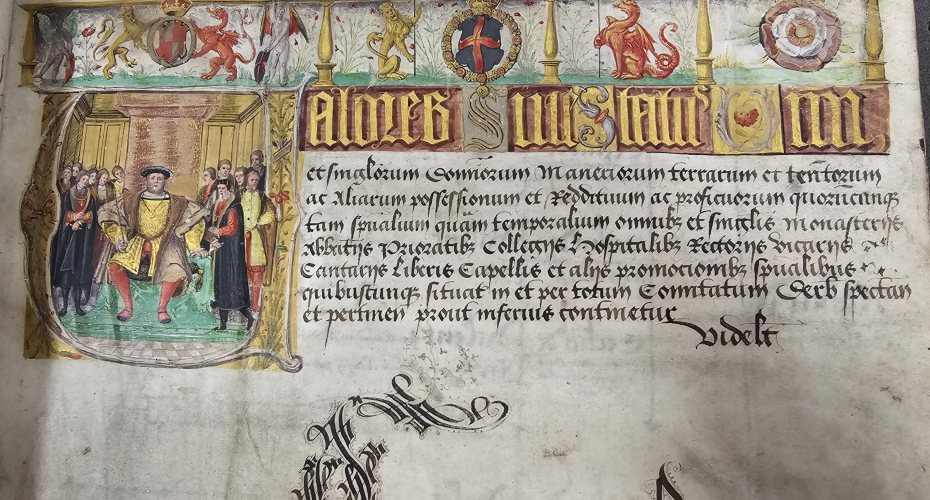
A nationwide survey commissioned by Henry VIII on the property and wealth of 16th century England and Wales is to be made publicly accessible for the first time.
The survey, known as the Valor Ecclesiasticus, set out to discover the financial state of the Church of which the Tudor king had just made himself head in his Break with Rome.
Valor Ecclesiasticus counted 8,000 parish churches, 650 monasteries, 22 cathedrals and numerous chapels, chantries, colleges, schools, hospitals and poor houses. It took note of their buildings and grounds, their farmland and the commercial, industrial and residential property in which they were invested. And it recorded the names of many of the men and women who lived and worked with these great enterprises and even gave attention to the large number of children, elderly and sick who depended on them for their welfare.
The 1535 survey covered 50 counties and captured their landscapes in remarkable detail, describing meadows and orchards, moorland and woods, waterways and a wide variety of working environments from market stalls to open-cast coal mines.
But its historical legacy has been limited: the original record on rolls of parchment was printed only once by Parliament’s Record Commission nearly 200 years ago, in an abbreviated Latin transcript so clumsy and difficult to read that generations of historians have steered clear.
The Commission’s mishandling of this vital national record was made the subject of a House of Commons enquiry. The finger of blame was pointed at the Secretary, John Caley (1760–1834), who was found to have had a sideline in selling Public Records for his own profit.
Recently, early drafts have come to light in private libraries and, together with the official copies held in the National Archives, it is now possible to trace each step of the surveyors and establish clearly what they saw right across Tudor England.
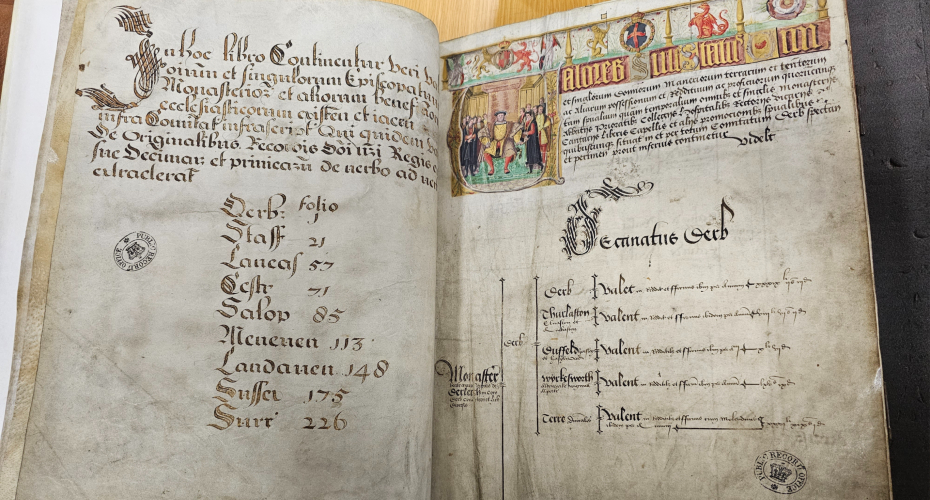
Rediscovering the Tudor Domesday will present the complete, nationwide survey on a free-to-access website. Users will be able to explore every locality in England and Wales as they were in Tudor times.
Funded by a grant of almost £1.5m from UK Research & Innovation’s Arts and Humanities Research Council, the three-year project will also engage schools, heritage organisations, regional archives and community groups across the UK from Cumbria to the South Coast.
Led by the University of Exeter, The Tudor Domesday establishes a partnership with The National Archives, the University of Nottingham, the University of Reading, the National Trust as well as community groups in the South, Midlands and North.
Project Lead Professor James Clark, of the Department of Archaeology and History, says: “Valor Ecclesiasticus is second only to Domesday Book as a three-dimensional snapshot of the realm, even surpassing it in the impression it gives of England’s landscape and the lives and occupations of local society. It reveals the men, women, and children who led, laboured for, or benefited from the great institutions of the day; and it offers us a rare glimpse of what they saw on their own horizons, even a hint of the weather they endured.
“The value of this remarkable survey has been locked away for centuries. By bringing together this large, interdisciplinary team from across the country, we can ensure every detail is mapped for each county, city, town, village and area of countryside.”
A digital team led by Exeter’s Dr Charlotte Tupman, of the Department of Classics, Ancient History, Religion and Theology, will transform the 500-year old Latin manuscripts into modern, searchable records, translated, analysed and in each case linked to current maps using GiS (Geographic Information System) technology so that every location in the survey can be visualized.
Dr Tupman, Senior Lecturer in the Department of Classics, Ancient History, Religion and Theology, says: “The incredible quantity and variety of data contained in the Valor Ecclesiasticus presents significant and exciting challenges for us in extracting and making these records available digitally. Exeter’s Digital Humanities Lab and our partners at The National Archives will be working together to create a resource that allows users to explore the data at an unprecedented level of detail.”
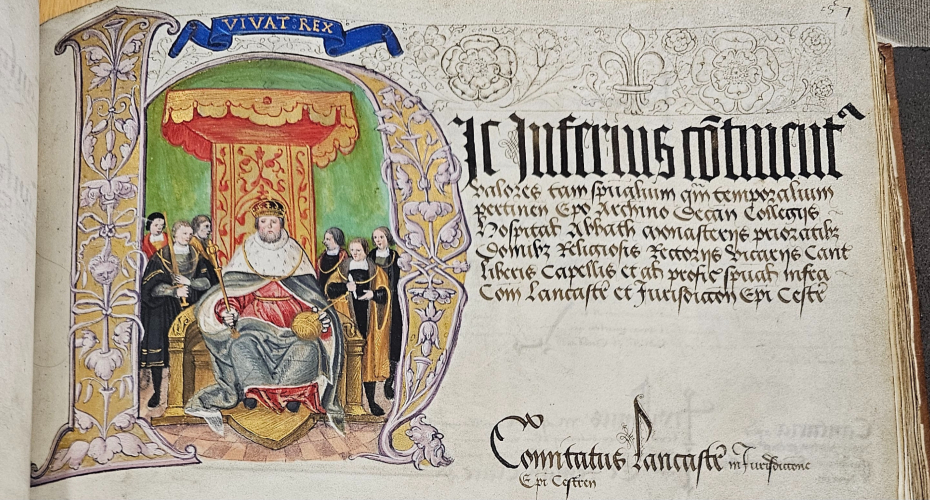
The National Archives will lead programmes for schools and regional archives to develop the use of the survey’s data in teaching and researching Tudor local history. National Trust, the British Association for Local History and a range of community groups in counties across England will work with the project team in using the survey to enhance the interpretation of Tudor heritage sites.
Principal Medieval Records Specialist at The National Archives, Dr Euan Roger, says: “The Valor Ecclesiasticus is an incredible resource for local history yet has been inaccessible to all but the most experienced of researchers for years. Providing a new searchable translation and resources to explain its often-complex terminology promises to open this vast survey to a new generation of historians, archivists, heritage professionals, and anyone who wants to uncover their neighbourhood’s past.”
Given the survey’s perspective on the historic distribution of wealth, patterns of work and the provision of social welfare, the team will also share its insights with UK government departments currently at work on policy development in these areas.
As Professor Clark explains: “This Tudor Domesday survey was made at a turning-point in history, when Henry VIII had led the kingdom out of Europe. It would be fitting for these data on the state of his nation to inform fresh approaches to the challenges – economic, environmental and social – of today.”
For more information about the Valor Ecclesiasticus see the National Archives’ Discover the Dissolution site.

